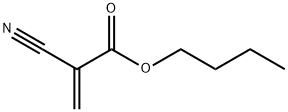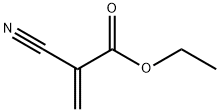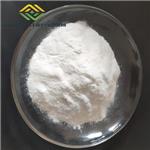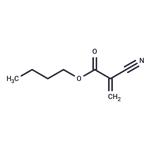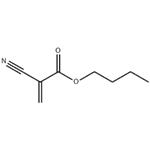Clinical Use
Enbucrilate injection of esophageal varices was first reported by Gotlib and Zimmermann in 1984 and has since been used in the acute treatment of bleeding esophageal varices in a few series, including randomized trials against band ligation for acute bleeding and for eradication of high-risk varices. Enbucrilate is often combined with lipiodol (lipid-soluble ethiodized oil) for injection of bleeding gastrointestinal ulcers; the advantage of this combination is slower polymerization of enbucrilate, with more accurate administration of the glue, but a potential disadvantage is a higher frequency of embolism, several cases of which have been reported. Overall, control of bleeding by using enbucrilate was found to be similar to band ligation, but rebleeding rates were higher. In addition, glue injection was found to be associated with sinus and fistula formation, in one case resulting in catastrophic bleeding. The higher complication rate may be explained by an increased risk of extravascular injection and attendant histotoxic reactions owing to the smaller lumen diameter.
